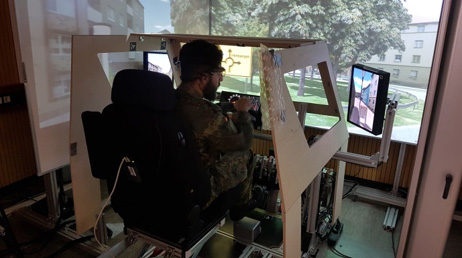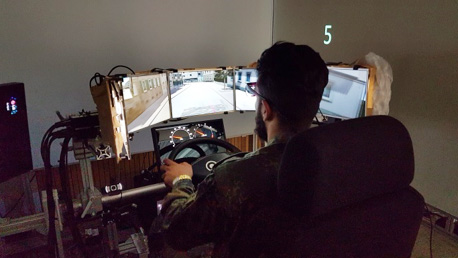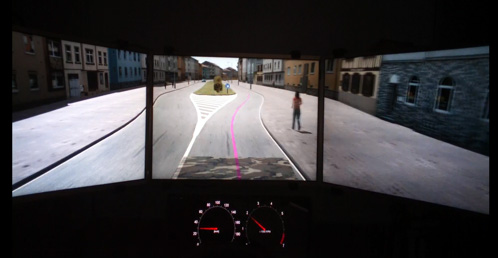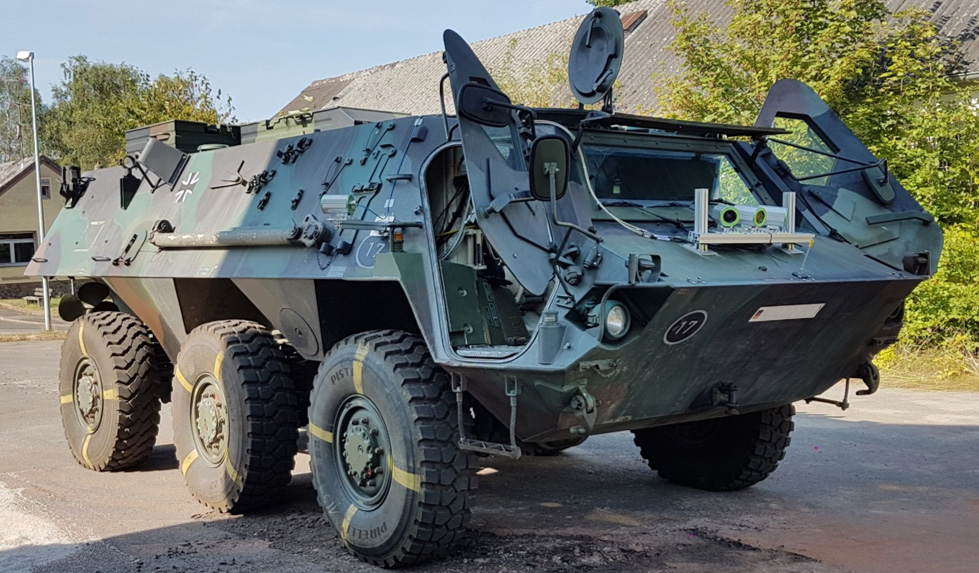
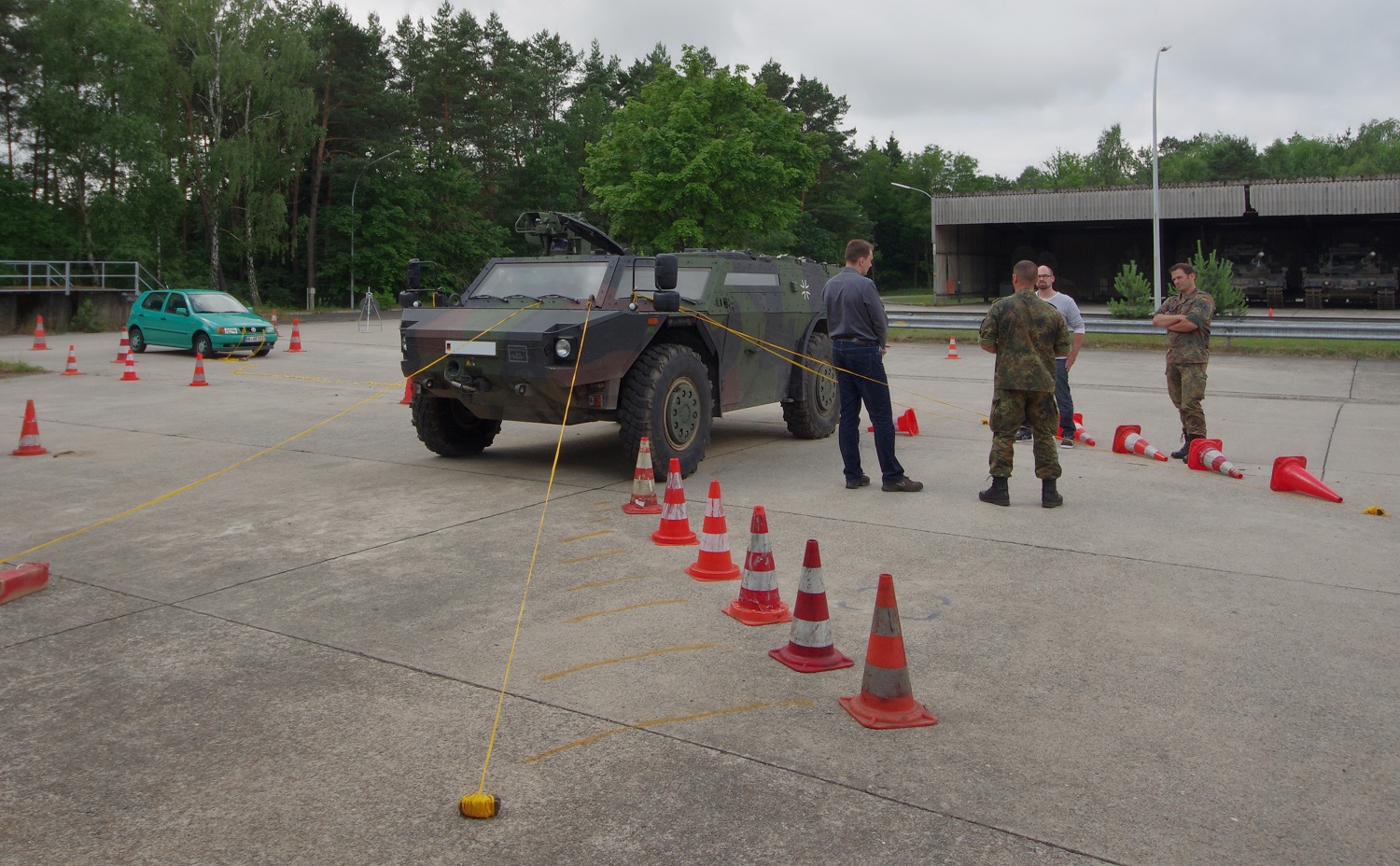
The Bundeswehr operates more complex and heavy land vehicles with limited visibility to the exterior than any other organization. The safety measures common in these vehicles, such as heavy armor and small, concealed windows paired with the fact that they are frequently operated »under hatch«, put high mental and physiological demands on their drivers.
The vehicles operate between the conflicting priorities of combat strength, maneuverability, crew protection and safety for both friendly forces and the civilians. This applies not only to vehicles that are specifically designed for combat operations, but also to specialist and transport vehicles that are not only exposed to the dangers of enemy fire and improvised explosive devices (IEDs) but also to complex traffic situations.
This situation is further complicated by the fact that today's military vehicles have to be designed for both symmetrical and asymmetrical warfare. As a consequence of the crew protection, the visibility to the exterior is significantly reduced, which subsequently also reduces the orientation and situational awareness of the crew, making it impossible to be fully aware of their surroundings.
Electronically enhanced vision offers a potential solution to this problem. Market-ready assistance and vision systems already exist in civilian road vehicles. Within the framework of the »Vision support and driving assistance for protected vehicles (SiFaU)« project, Fraunhofer FKIE is examining the extent to which these systems can also be used in the context of military vehicle guidance. In addition, it is aiming for a more extensive multimodal support of the vehicles.

